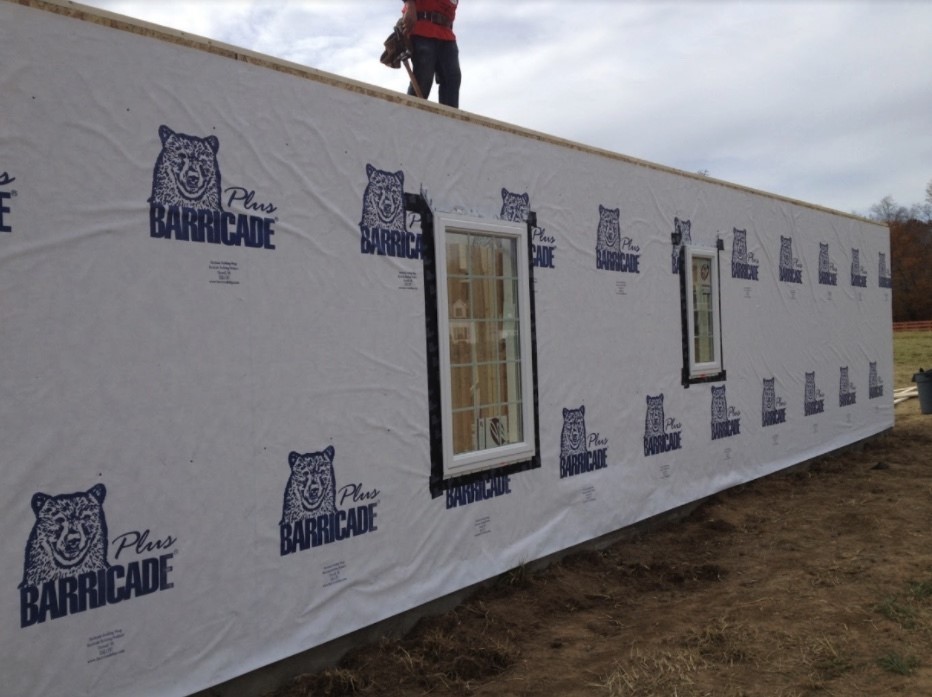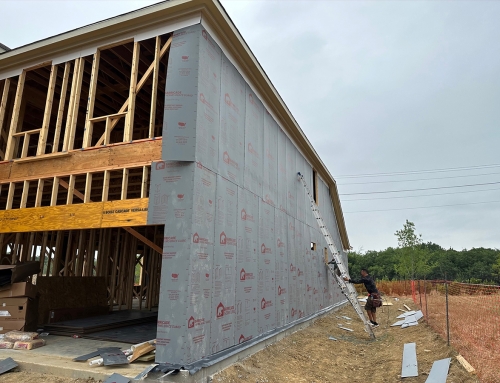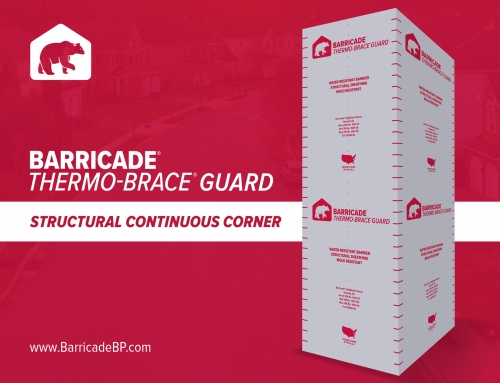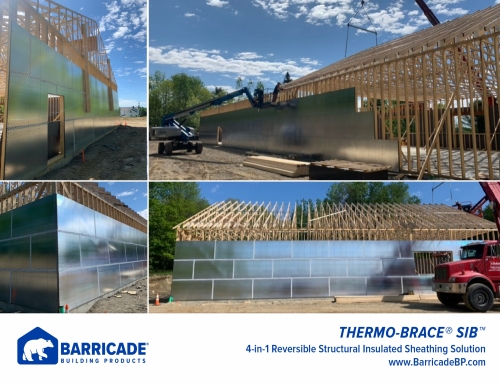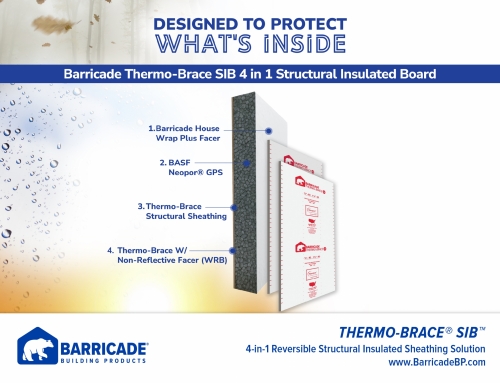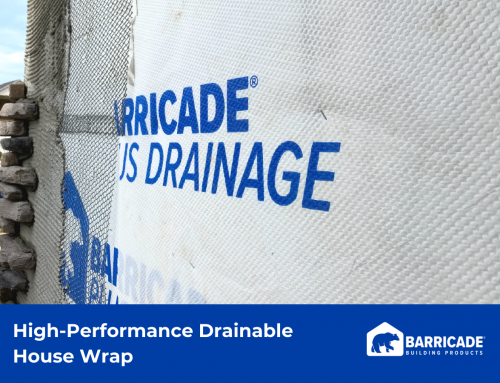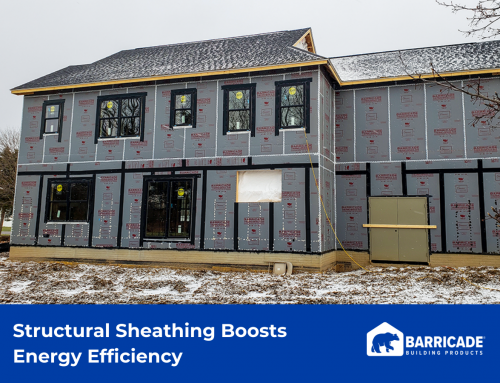High-quality house wrap protects your home from water and air leaks and serves as the last line of defense between the environment and your comfort. Having a guide to choosing the right house wrap not only ensures that the selected house wrap prevents mold and wood rot from developing, but also keeps the house energy-efficient.
No one should rush out and purchase the first house wrap they see — it shouldn’t be an impulse purchase. Consumers need to choose house wraps that are high-quality and perfectly suited for the conditions they’re expected to withstand.
When it comes to choosing a house wrap, there are five main factors to consider:
Resistance to Water
If a company refuses to guarantee their house wrap will prevent water from seeping through the walls and into the interior of the house, remove the company from your list of suppliers — repelling water is the main function of house wrap. The best way to determine a house wraps water-resistance is by using water ponding and hydrostatic pressure test results. If you’re trying to decide between two house wraps, always choose the one that’s the most water-resistant.
In addition to making sure that the house wrap resists water, learn as much as you can about its ability to shed water. You don’t want to invest in a house wrap that’s going to trap water in puddles that will turn into a breeding ground for mold, mosquitoes, and mildew.
Surfactant Resistance
When shopping for house wraps, one of the things many consumers fail to ask about is whether the wrap they’re considering is surfactant resistant. The construction materials used to build homes is covered in compounds called surfactants, which can reduce the water resistance of a house wrap after long-term exposure. The more surfactant-resistant the house wrap is, the longer it will keep moisture out and perform as intended.
UV Stability
When the topic of house wraps comes up, UV stability is rarely mentioned. The reason is that most people know that the house wrap will be under the exterior siding, so it shouldn’t encounter UV rays. It’s sound reasoning, but what about during construction.
It’s not unusual for a house wrap to serve as the only protection the building has for several weeks. During this time, it’s exposed to the full force of the sun and can deteriorate rapidly.
To ensure that your house wrap stays in perfect working order despite exposure to sunlight, stick to house wraps that have UV inhibitors and at least a 3-month UV rating.
Overall Durability
It doesn’t matter how careful the construction team is, things don’t always go as planned. Equipment gets dropped, mistakes happen, it takes longer than planned to complete one aspect of the project. The best way to make sure that none of these potential issues damage the house wrap is by choosing one that has a high tear-resistance. Not only will its resistance to tears protect it from construction problems, but also ensures it holds strong even during heavy, straight-line wind storms.
Ease of Installation
A key differentiator between Barricade and leading competitors is that our house wraps are translucent, allowing you to see studs and find nail lines much easier, and reducing the need for chalk lines. Our house wraps are also less bright than the leading competitors, reducing eyestrain when working in heavy sunlight conditions.
About Barricade
For more than 30 years, Barricade Building Products has been supplying house wraps that provide the high-quality building envelope protection our customers deserve. We also carry a full line of compatible system options such as the flashing tapes and underlayments needed to correctly install the full building envelope. Each of our customers enjoys superior customer service and top-quality products. Contact us today to learn how Barricade Building Products can protect you.

